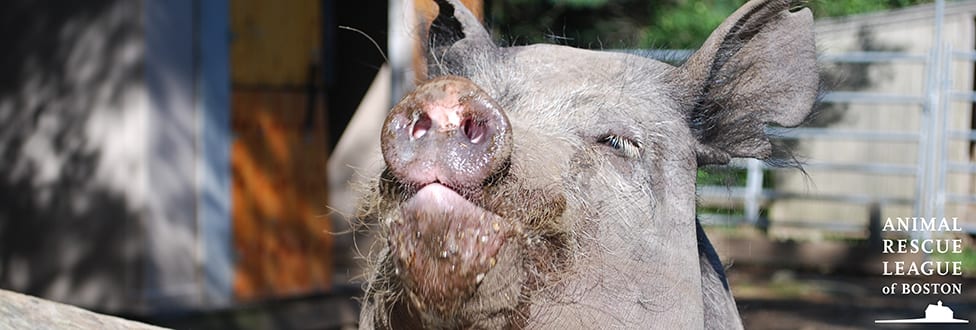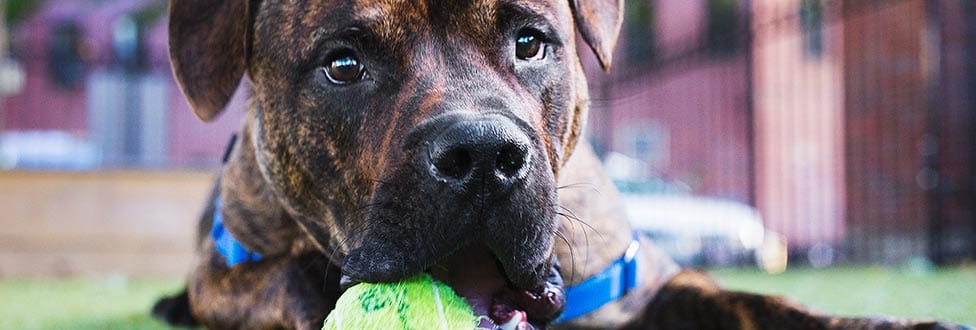Brewster Cat Saved After Emergency Surgery
Please donate now to help save the life of animals just like Macy!
On a chilly winter night in Chatham, Massachusetts, a tiny cat patrolled a parking lot. Macy, as she came to be known, was emaciated and abandoned, not knowing where she would get her next meal.
Fortunately for Macy, a private citizen found her and brought her to ARL’s Brewster Shelter. Upon intake, the little feline received a standard workup from ARL’s Shelter Veterinary Medicine team, which showed that she weighted a mere 3.5 pounds. Macy had bloodwork done as well, because of her troublesome weight, however, all of her results were within normal limits.
During her initial stay with ARL, Macy slowly started to gain weight. But even her daily eating was met with periodic bouts of vomiting. In foster care, Macy continued to have trouble keeping her food down, so she returned to ARL to receive additional fluids, syringe feeding, and diagnostic tests. Still concerned, ARL’s Shelter Veterinary Medicine team ordered a chest x-ray.
Needless to say, ARL’s veterinarians were shocked at what they found: the x-ray revealed a plastic glove in Macy’s abdomen! Macy was so ravenous with hunger that plastic appealed to her rumbling stomach.
Macy underwent emergency surgery and recovered in ARL’s Brewster shelter as an office foster, meaning she was cared for by a member of ARL’s administrative staff.
Once quiet and frightened, Macy socialized quickly, transforming into a sweet, petite kitty who liked to have her voice heard. “It got to the point where every time I got up from my chair, she would claim it as her own,” said Sandra Luppi, ARL’s Brewster Shelter Manager. “She was just a really nice cat. We all loved her.”
Only because of your support, staff and volunteers were able to monitor Macy closely, mapping each step and development in her case.
Just a short time later, Macy found her new loving home. At her time of adoption, she was a healthy 7 pounds.
Without the help of our supporters, Macy’s story could have been very different. You gave her a second chance at life, and for that we are very grateful.
A special request from ARL’s President Mary Nee…
My firsthand experience over the past four years has moved my husband Jim and I to add ARL as a priority for our charitable giving because we believe that the work of ARL is an essential part of the society we want to live in; one that is humane and compassionate to all. I am hoping you will join us and lend your support at this time.
As we approach year-end, we still need to raise more than $500,000 by December 31 to meet our budget.
Please give as generously as you can and let us start the new year with the resources to respond whenever we receive that call for animals in need. Click the red button below to…
Thank you and best wishes for a happy and healthy New Year.
Sincerely,

Mary Nee, President of ARL

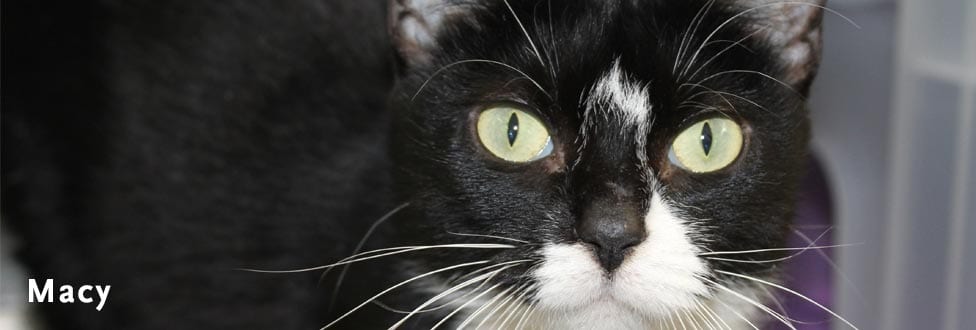


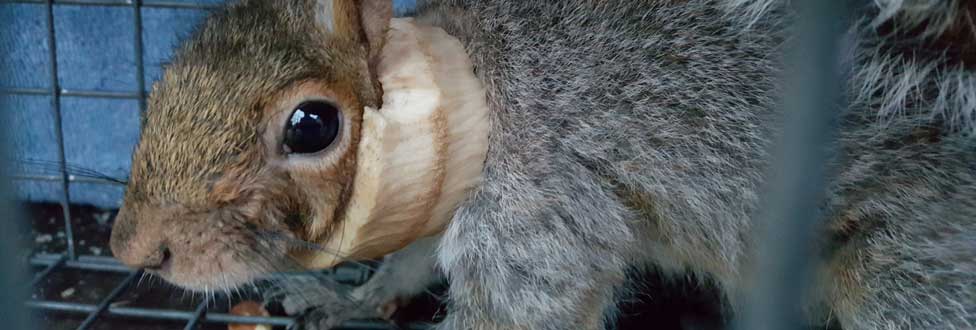
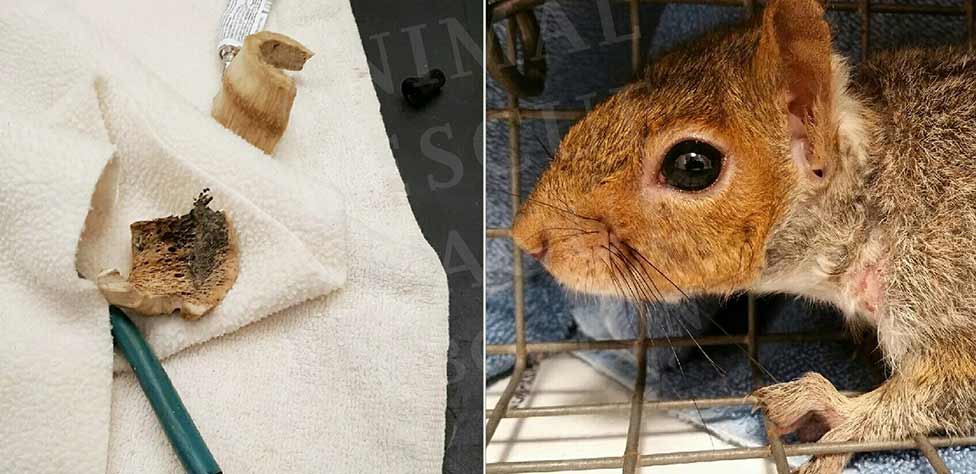
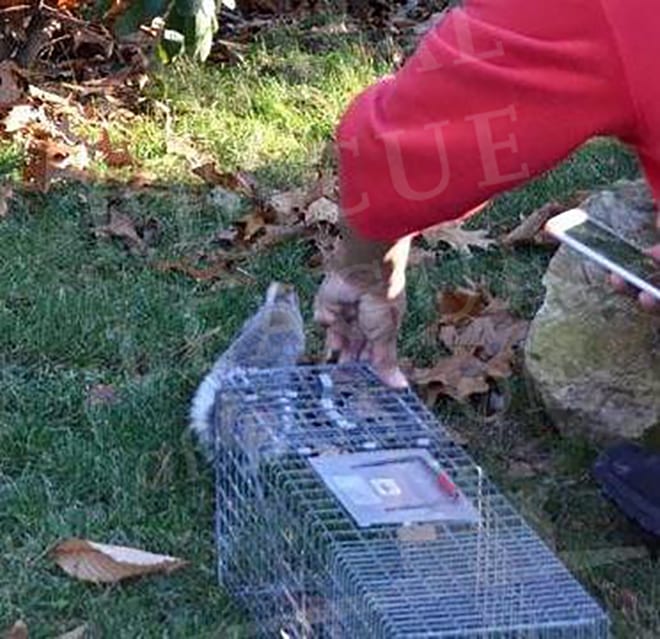
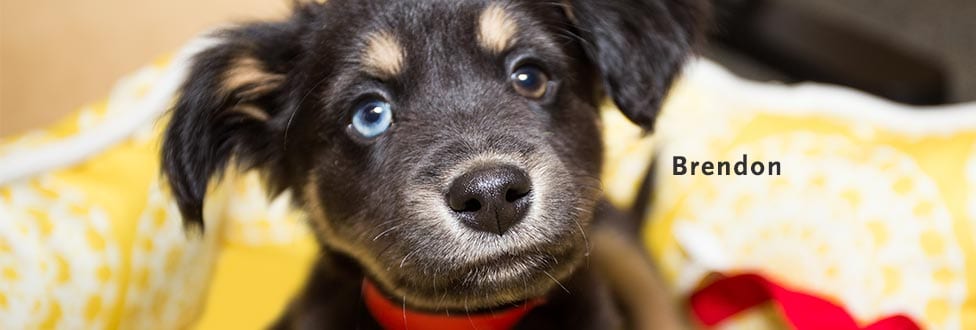







 Click here
Click here